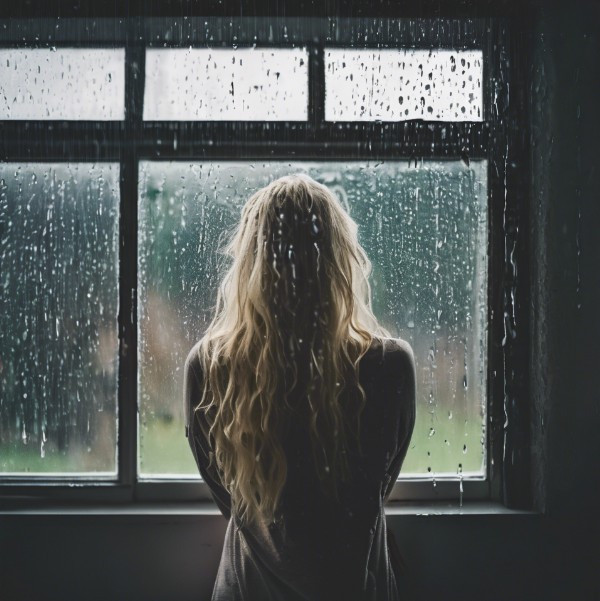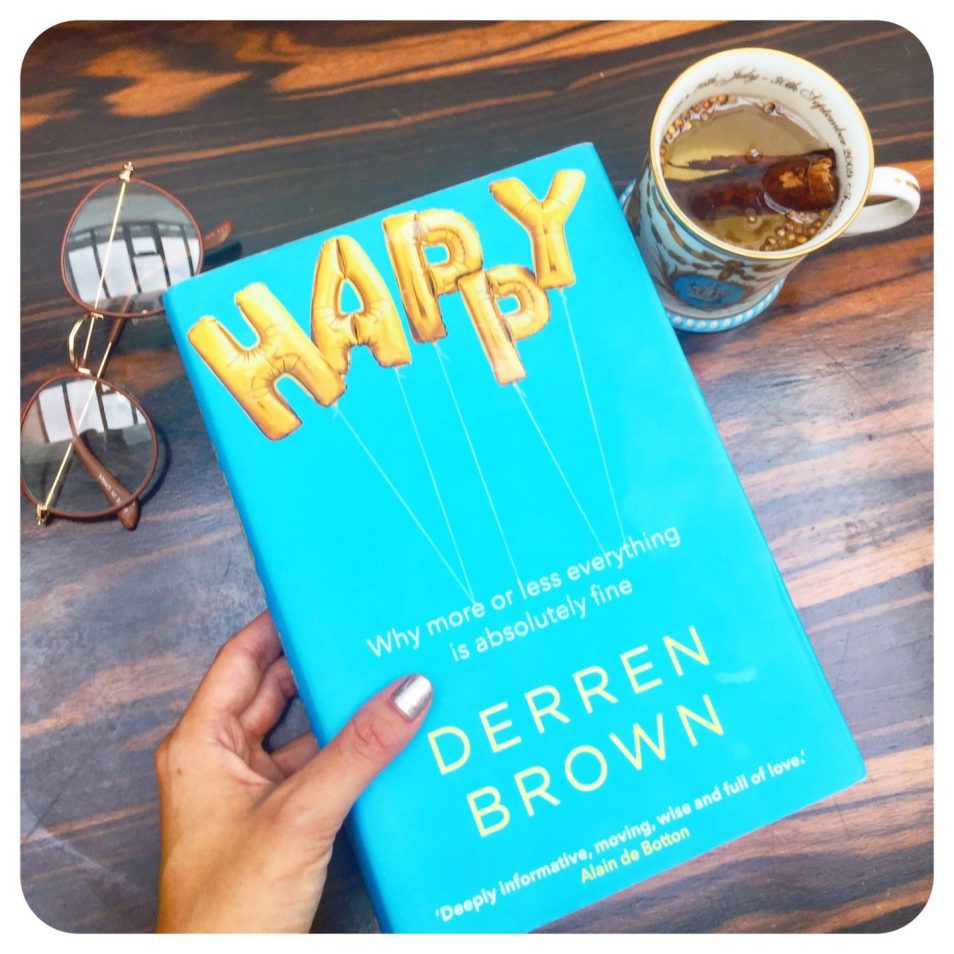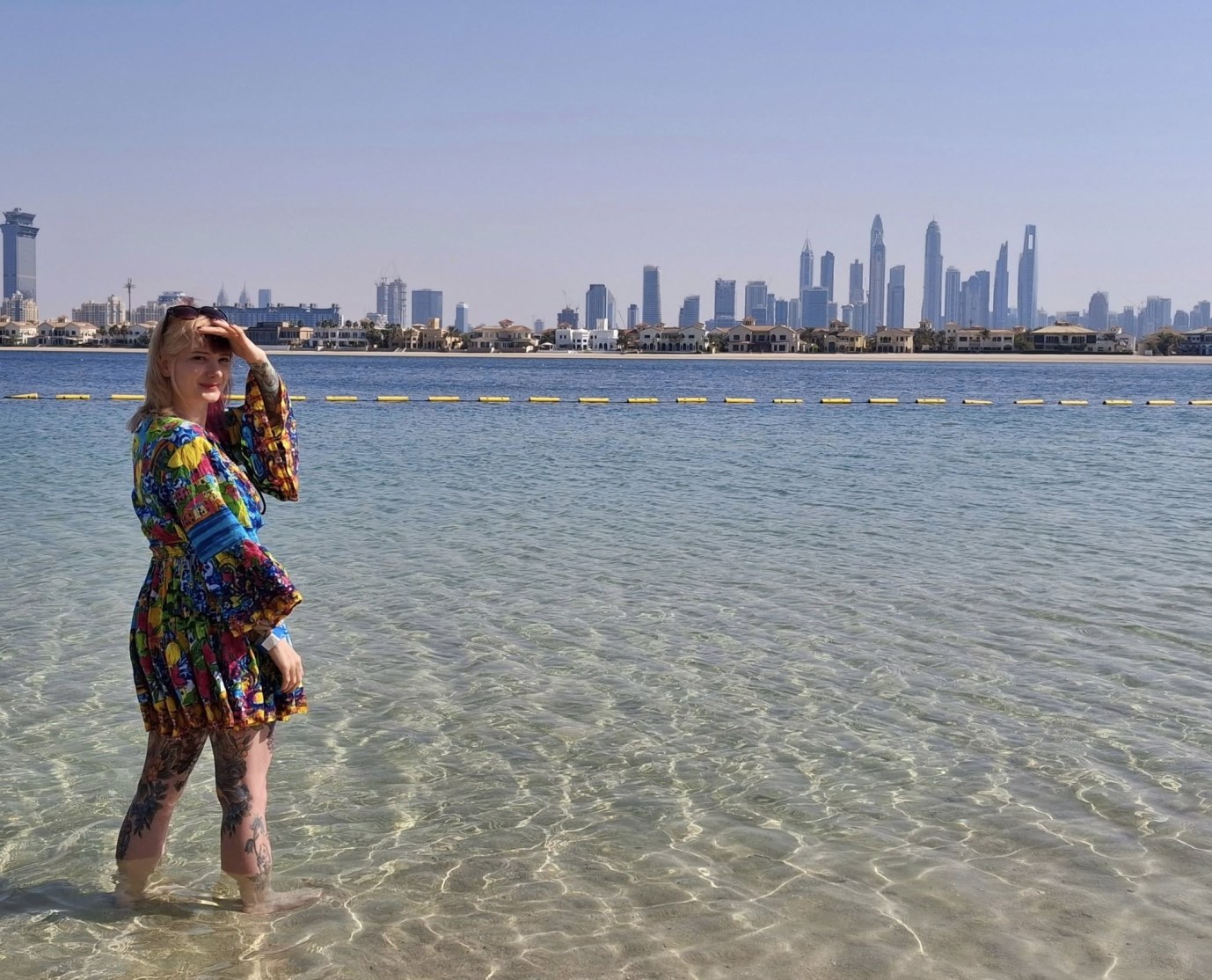My Journey to Minimalism
From Clutter to Clarity
For much of my life, I loved owning "stuff." Shopping was more than just a necessity - it was a hobby. I would walk into a store for a single item and leave with five new purchases: ornaments, pictures, gadgets, tools - anything that looked appealing, promised to simplify my life, or might impress others. When I wasn’t physically shopping, I was scrolling through Amazon and eBay, forever clicking on ads, caught in an endless cycle of consumerism, constantly tempted by algorithm-driven recommendations.
I believed that buying things made me happy, yet, despite the temporary satisfaction of a new purchase, I was never truly content. My home was filled with belongings, yet I felt unfulfilled. Worse still, I struggled with depression, anxiety, and obsessive-compulsive disorder, all of which were exacerbated by the Covid-19 pandemic. My need for cleanliness and organisation meant I spent hours managing my possessions, but instead of bringing me peace, it only heightened my stress. The lowest point came in 2022, when I was diagnosed with an eating disorder and anhedonia, the inability to feel joy or pleasure. At that point, I stopped caring about everything. I was constantly angry, exhausted, and emotionally numb.
Desperate for answers, around my 32nd birthday, I picked up Happy by Derren Brown. This introduction to Stoicism explored the history of happiness, analysed the self-help industry, and challenged the idea that material possessions bring fulfilment. For the first time, I realised that the things I had always believed would make me happy - the very things that companies promise will bring us joy - had completely failed me.
In January 2023, a friend came to stay for the weekend. I shared what I had learned from Happy, and he asked if I had heard of The Minimalists. Within minutes, we were watching their documentary on Netflix. I was profoundly moved by how much I related to Joshua and Ryan’s pre-minimalism story and inspired by the simplicity and freedom they had found through living with less. The next day, I watched it again. Then, I discovered their podcast and books - and I was hooked.


The First Steps Toward Minimalism
Determined to make a change, I started my minimalist journey by downloading the Olio app and searching my home for items I no longer used. Most of my clutter was hidden away in cupboards, so I barely noticed the things leaving my home, and my space still felt overwhelming. That was also when I encountered my first real challenge: the deep emotional and sentimental attachments we form to our possessions.
A pivotal moment came when I came across a small wooden box my father had given me 20 years earlier. I had no real use for it, yet I felt obligated to keep it, as though parting with it would be disrespectful or make me a bad person. So, I had kept it in cupboards in three different home over two decades. Then, I listened to an episode of The Minimalists Podcast about sentimental attachment. They explained how we often bond with objects because we perhaps haven't emotionally dealt with a relationship or situation of which the object reminds us - holding onto things out of fear of letting go, rather than genuine need or appreciation. It seemed so simple when they said that our memories are not in things but inside of us.
With apprehension, I took a photo of the box and listed it on Olio. Within an hour, a woman arrived to collect it. She was thrilled - telling me she would display it proudly on her mantelpiece. In that moment, I realised that the box had spent years hidden in a cupboard, unappreciated and forgotten. Now, it would be cherished by someone who truly valued it.
From that point on, my small steps turned into strides. With every item I let go, I felt lighter. My home became calmer, my cleaning routine easier, and my anxiety reduced. The process was not instant - over the course of a year, I decluttered every room at least six times. Each time, I was shocked by how much I still owned, despite having already purged so much! Because I was also so clean and organised, I hadn't realised that I was in fact a hoarder. I had pretty much kept everything anyone had ever bought me because of "sentimentality" and everything I had ever bought myself "just in case". All of it was not fulfilling its purpose, and onto Olio it went!
As my items reduced, so did my 'storage solutions'. Shelves came down and storage boxes were collected by appreciative people. Cupboards were out, and open space (and house plants) were in.
A New Perspective on Space and Shopping
Through this journey, I also retrained my mind to think differently about consumption. I no longer saw empty spaces as places to be filled, but as Sacred Spaces - areas meant for breathing, living, and being present. I studied the psychology behind consumerism, learning how advertisers manipulate us and how shopping triggers temporary hormonal rewards, tricking us into believing material possessions bring happiness.
While I still face occasional temptations, I have developed strategies to resist impulse buying. Instead of asking, "Do I want this?", I ask, "Does this add genuine value to my life?" If the answer is no, 99% of the time I walk away!
Why 99%? because Minimalism is not about getting it perfectly right every time. It's a lot more about consistency rather than perfection. To this day, my cupboards hold a lot more clothes and shoes than one might associate with being a minimalist!


The Unexpected Rewards of Minimalism
Minimalism has given me far more than I ever imagined. By designing my home around the life I want to live, I have created an environment that encourages relaxation, love, and authenticity. The time and energy I once spent shopping, organising, and cleaning is now spent on self-care and personal growth.
It was within this newfound stillness that I truly healed from my eating disorder and anhedonia. Learning to show myself love and respect led to profound spiritual experiences - ones I cannot fully explain but that have deeply transformed me. These experiences opened doors to tarot, crystals, and other practices that enhance both my emotional well-being and the lives of those closest to me.
Financially, minimalism has also eased my anxiety. The money I used to spend on unnecessary purchases is now invested in my future, my passions, and experiences that bring true joy. Perhaps the most unexpected outcome was that the more possessions and money I gave away to those who need it, the more abundant my life seemed to become. Positivity, luck (and occasionally money!) seemed to start flowing my way like never before. the downward spiral flipped into a cycle of abundance, and I stopped fearing that I was missing out on owning everything.
Helping Others Create Their Own Sacred Spaces
Now, over two years into my minimalist journey, I have found that my transformation has inspired those around me. Friends and family have taken notice, and many have asked for my guidance in decluttering their own spaces. Helping them begin their own minimalist journeys has become something I love - so much so that I now want to share this knowledge more widely.
Minimalism is not just about owning fewer things; it is about creating space for what truly matters. It is about reclaiming peace, clarity, and purpose. My goal now is to help others design their own Sacred Spaces - both in their homes and within themselves.
If my journey has taught me anything, it is this: happiness is not found in what we own, but in what we allow ourselves to experience once we let go.